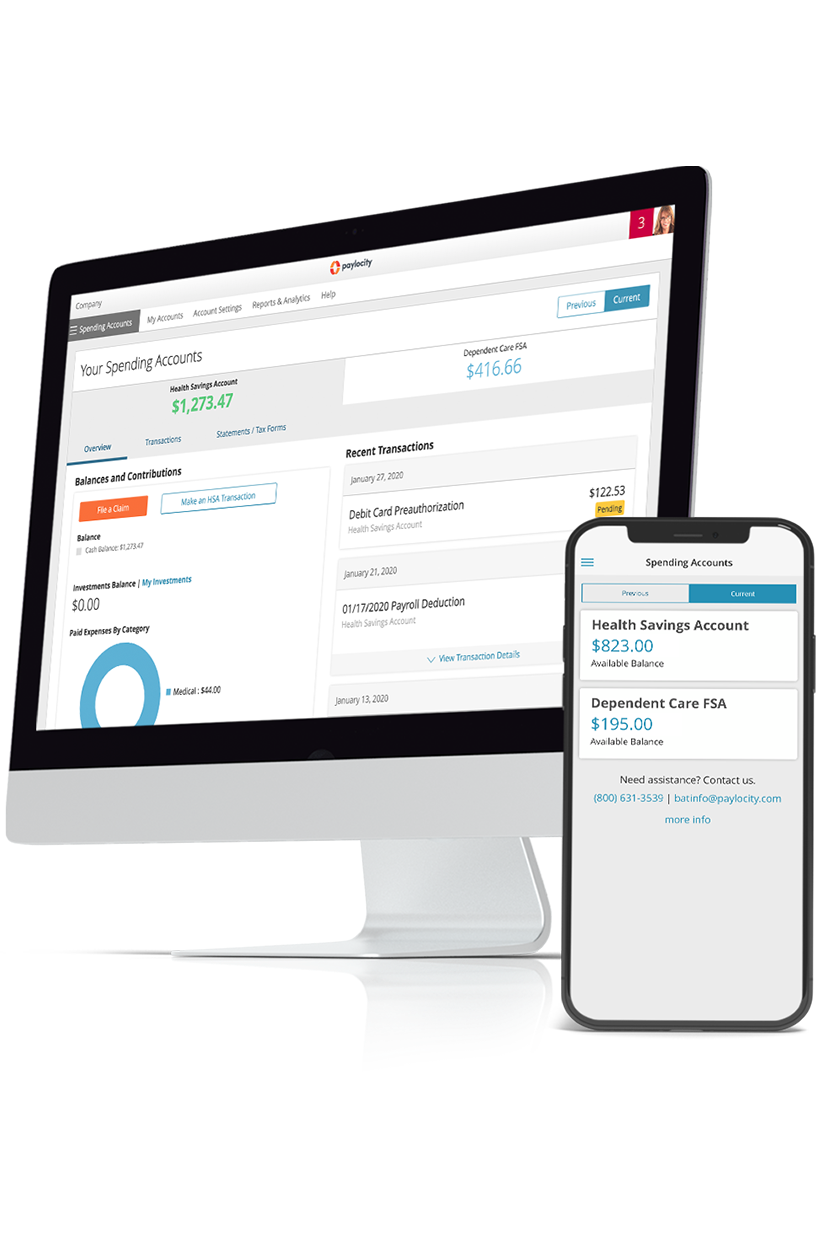Fringe Benefits
Summary Definition: Supplementary compensation that employees receive on top of their normal wages.
What are Fringe Benefits?
Fringe benefits are a type of compensation employees receive in addition to their normal wages. Often referred to as simply "perks," these benefits are part of an employee's total compensation package and can be a valuable tool for attracting and retaining talent.
Some fringe benefits are more well-known due to being required by federal laws, such as the Family Medical and Leave Act (FMLA). Others are optional, such as commuter benefits and employee stock ownership plans. They can even include more niche perks, such as a pet food company offering pet insurance, or a bakery giving staff free cookies each week.
Key Takeaways
- Fringe benefits are extra perks or compensation employees receive on top of their normal wages, such as an employer-provided vehicle or a gym membership
- Fringe benefits can include supplemental income (e.g., bonuses) and non-monetary perks (e.g., adoption assistance).
- Most benefits are taxable, but IRS exclusion rules specify which ones aren’t.
Fringe Benefit Advantages
Fringe benefits are a tool for employee experience, retention, and recruitment. They're designed to both make current employees feel valued, as well as appeal to new hires. They can motivate employee productivity and increase loyalty. All this, in turn, can lower employee turnover and stress.
Some fringe benefits can even help employees grow in their careers and provide more value to the company. Tuition reimbursement or subsidized certification motivate employees to refine their skillsets or reskill for another role.
Fringe Benefits Examples
Fringe benefits can take several forms, ranging from insurance to services to property:
| Fringe Benefit | Example |
|---|---|
|
Health insurance |
Medical, dental, and vision cafeteria plans |
|
Retirement plans |
401(k) plans and matching contributions |
| Paid Time Off (PTO) |
Vacation days, volunteer days, and floating holidays |
| Wellness programs |
Gym memberships and diet coaching |
|
Specialized savings accounts |
Flex Spending Accounts (FSAs) or Health Savings Accounts (HSAs) |
| Employee Assistance Programs (EAPs) |
Counseling and support services |
|
Employee stock ownership |
Discounted or Restricted Stock Units (RSUs) |
|
Transportation benefits |
Public transportation stipends or paid parking reimbursements |
|
Education assistance |
Tuition reimbursement |
|
Childcare assistance |
On-site daycare or childcare reimbursements |
How to Calculate Fringe Benefits
Fringe benefit rates vary by organization, industry, and employee, but employers can use them to gauge the total labor cost of their workforces.
To calculate an employee’s fringe benefit rate, simply divide the total monetary value of the benefits by the employee’s annual wages, then multiply by 100. In the spring of 2023, the average fringe benefit rate for American employers was 29.5%.
Fringe Benefit Calculation
[ (Total Value of Fringe Benefits) / (Employee’s Annual Wages) ] × 100 = Fringe Benefit Rate
Taxable Fringe Benefits
Fringe benefits, and any imputed income received from them, are generally taxable by the Internal Revenue Service (IRS) and must be included on the employee’s annual tax returns.
There are, however, some benefits specifically excluded from taxes by the IRS.
Exclusion Rules
IRS Publication 15-B gives an extensive list of extension rules that specify which fringe benefits are excluded from taxes. These include, but aren’t limited to:
- Accident and health benefits
- Achievement awards
- Adoption assistance
- Athletic facilities
- De minimis benefits
- Employee discounts
- Employer-provided cell phones
- HSAs
- Lodging on business premises
- Retirement planning services
Fringe Benefits vs. Bonuses: What's the Difference?
Bonuses can be considered a type of monetary fringe benefit, but the category is broader than just cash in an employee’s pocket.
Fringe benefits also include the everyday perks of working for the company and their benefits package.
| Difference | Fringe Benefits | Bonuses |
|---|---|---|
| Nature | Includes non-monetary perks, such as free services or discounted memberships with local vendors. | Supplemental income added to an employee’s gross pay. |
| Timing |
Ongoing rewards that employees can access whenever they want, such as life insurance coverage. |
One-time rewards given periodically or on an ad-hoc basis. |
| Purpose |
Improve an employee’s overall well-being, job satisfaction, and loyalty. |
Motivate employees to achieve a specified goal or benchmark. |

Optimize Your Benefits Experience
Help your employees get the most out of their benefits while getting time back in your day through smart automation. With all-in-one tools, kicking off open enrollment and administering third-party benefits services like FSAs, HSAs, and more is a breeze! And employee experience features like integrated training and expert groups, all available on the go, ensure your employees are making informed decisions.